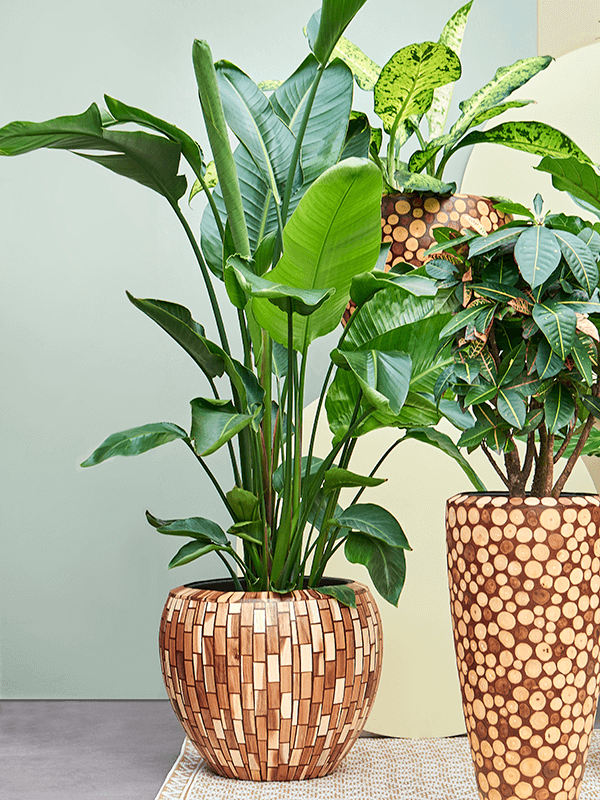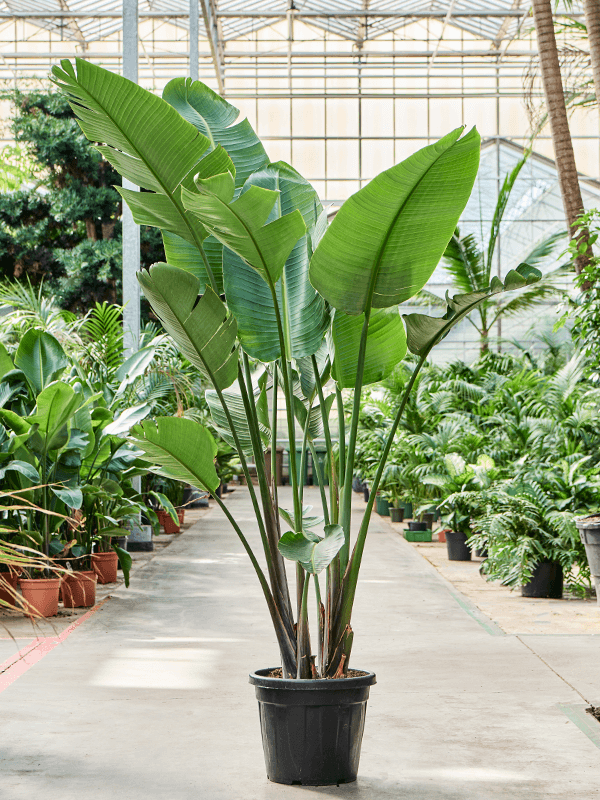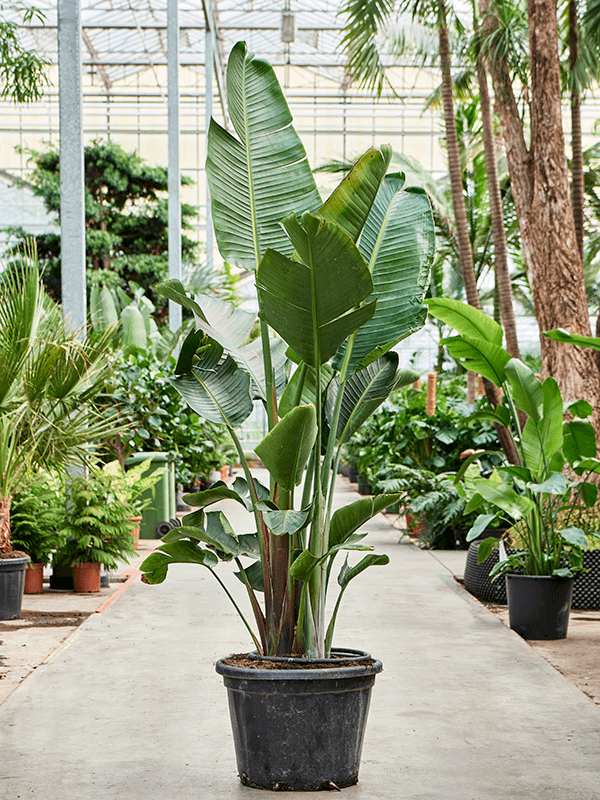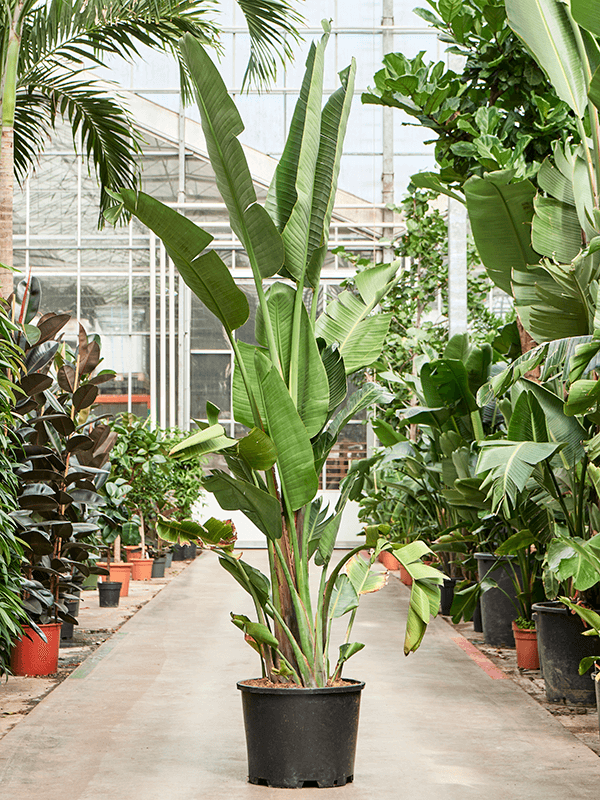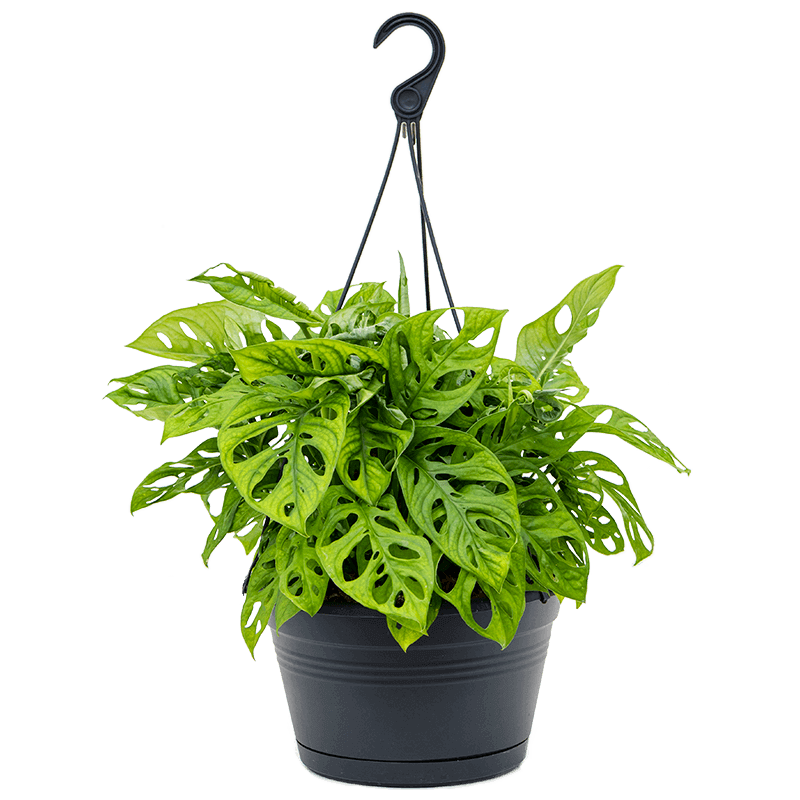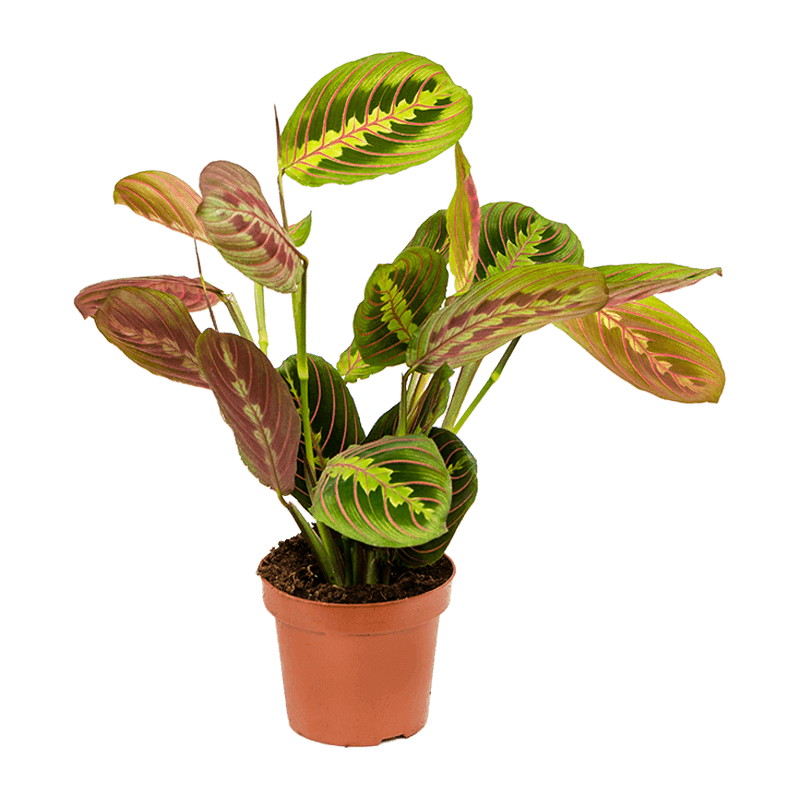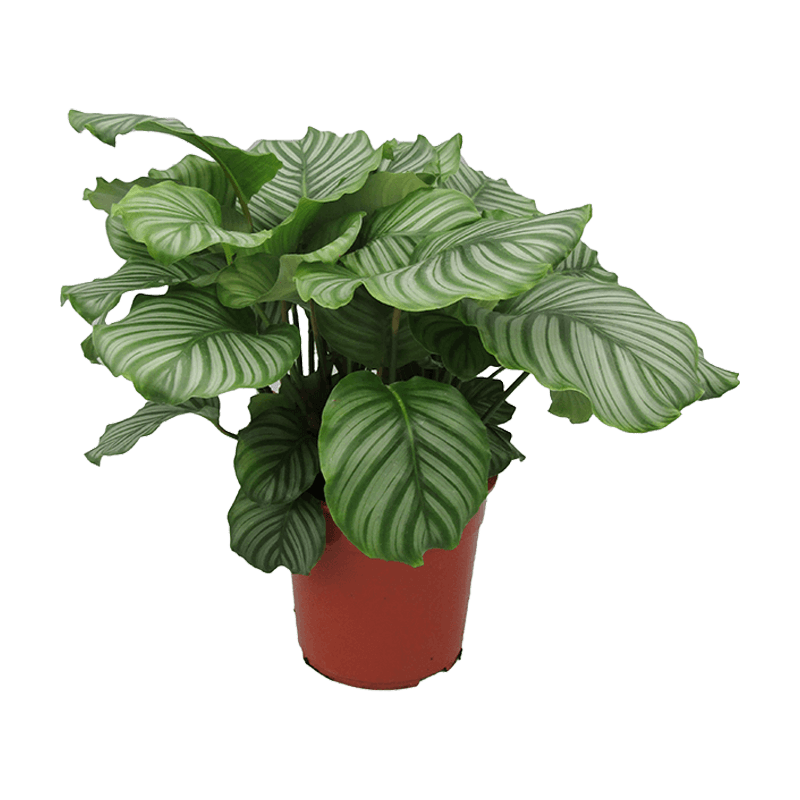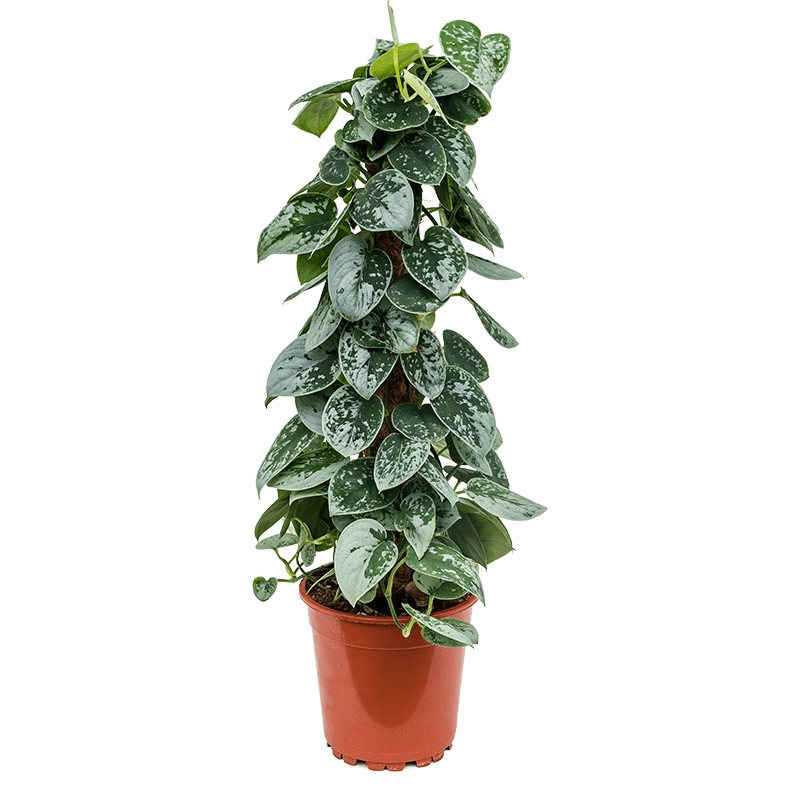how to care for strelitzia reginae
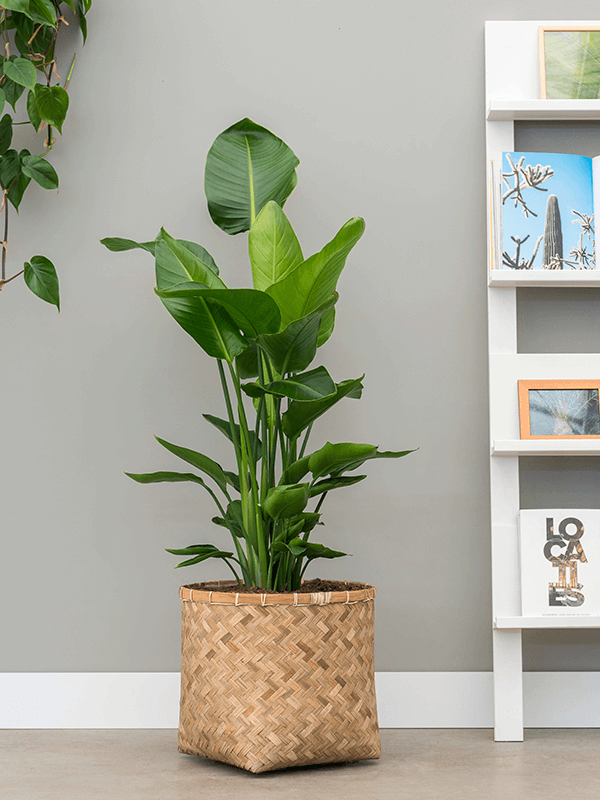
quick care guide for strelitzia reginae
 |
Once a week in summer; once every two weeks in winter |
 |
Give it the most sun you can – she can even tolerate some direct light |
 |
Fertilize once every week during growing season |
 |
Slightly toxic to pets – keep out of reach |
 |
Strong air purifier |
Bird of Paradise (Strelitzia Reginae) is a distinctive tropical plant, closely related to the banana plant. It is easier to grow than many other tropical plants and it grows vigorously if it has the right conditions. It enjoys bright light with indirect sun, regular watering and warmth. Feed the plant every week during the growing season and use compost early in spring before the growth starts for a beautiful and fresh plant
detailed care guide for strelitzia reginae
Scientific Name: Strelitzia Reginae – commonly known as Bird of Paradise or Crane Flower Origin: South Africa Light: Bright, indirect sunlight – be careful to not place it in direct sunlight as it will injure the plant; relocate the plant to a partial shade environment for temperatures above 21 ºC to avoid sunburn. Water: Water regularly during summer as the soil should be kept moist; during fall and winter reduce the frequency of watering to permit the soil to almost dry out between each watering time. Do not let the plant sink in excess water that accumulates in the saucer underneath the plant. Soil: Accepts any type of soil; use a standard potting soil when in doubt. Temperature: Requires moderate temperatures; tolerates temperatures as low as 13 ºC, but prefers temperatures in the range 21 ºC – 32 ºC. Fertilizer: Fertilize every two weeks throughout spring and summer with a balanced fertilizer; cut the fertilization to once a month during fall and winter. Humidity: Prefers normal levels of humidity; mist the leaves of the plant in the winter to simulate rainfall and to improve humidity. Pruning: Prune for a fresh appearance of the plant; remove old or damaged leaved by pulling them off or by trimming the plant. Re-Potting: Doesn’t require frequent repotting – check the roots of the plant to see whether they appear cramped in the current pot, if yes, repot into a bigger container. Propagation: Propagate by division or from sowing seeds; division is easier and faster than growing from seeds. Diseases and Pests: Prone to root rot – be careful when watering the plant. Common pests are aphids, scale, and whiteflies. Toxicity: Mildly toxic to pets – keep out of reach.strelitzia reginae origins & overview
Strelitzia is a perennial shrub originating from South Africa and it was named after an English Queen – Charlotte of Mecklenburg-Strelitz. It is usually pollinated by sunbirds in its natural habitat which uses the side of the flower as a perch. The weight of the bird on the “beak” opens it to release the pollen onto the bird, which is then deposited on the next flower it visits. Strelitzia is very well-known and one of the most common species. It is an evergreen plant with leaves making a fan-shaped crown. Its flowers are predominantly orange with touches of blue and it is considered the queen of the indoor plant world.strelitzia reginae light requirements
If you want your Strelitzia reginae to grow and eventually flower it’s going to need bright light, including sometimes even some direct sunlight. However, most of the time the plant requires shielding by placing it in bright, indirect light to protect it from burnings. You should place your Strelitzia in a room with east- or west-facing windows and try to avoid north-facing windows.how to water strelitzia reginae
Strelitzia reginae definitely likes a consistent drink from time to time. Try to keep the soil continually moist and make sure to not waterlog it as it’s prone to root rot. The frequency with which you should water your plant depends on the time of the year. Moreover, you should water the plant after the soil becomes dry. Water Strelitzia once a week during spring and summer and once every two weeks in winter. If you position your plant in brighter, warmer spots, try to water it more. When you decide to water your plant, pour water until it is coming out through the drainage holes, but be careful to remove any excess water from the saucer and do not let it sit in a pool of water.repotting strelitzia reginae
Strelitzia reginae is a fast-growing plant. Therefore, you should re-pot it every spring into a bigger pot. However, the bird of paradise should be somewhat allowed to become root-bound since constricted roots will make the plant bloom. If the plant’s roots are growing out of the soil surface or out of the draining holes then you have to re-pot it. If the plant is potted into a plastic container, you will observe how it will eventually distort and break it. Hence, cut it free at the time of repotting. Some tips for repotting:- Water the plant considerably before transfer to make the root mass easier to work with.
- Pick a pot that is about 5 cm larger than its current one.
- Hold the bird of paradise horizontally when sliding it out of the pot; if it refuses to budge, water the root mass.
- If the root mass is brown or mushy instead of firm and white, cut them off.
- After transplanting the plant, cover the drain holes with a small amount of gravel, broken pottery shards, or a coffee filter.
frequently asked questions for strelitzia reginae
why are the leaves on my bird of paradise dry and curling?
Dry and curling leaves are not atypical among Bird of Paradise plants. Some of the main causes are:- Lack of soil moisture and humidity
- Water quality
why is my bird of paradise drooping?
Strelitzia Reginae is a beautiful yet hardy plant with specific needs that need to be fulfilled in order to maintain a healthy appearance. Its exceptionally large leaves and long stems make your plant prone to noticeable drooping due to age and some health conditions. These are the main reasons your plant may begin to lose leaves: Aging Leaves. Bird of Paradise is a species of tropical evergreens and evergreen plants tend to keep their leaves for much longer than non-evergreen plants. As such, you will notice some leaves on your plant showing visible signs of aging. These signs may appear in the form of small splits which do not necessarily mean that the plant is unhealthy as well. However, if all your plant’s leaves are starting to droop then there are probably other environmental factors that may affect the plant Solution. You can prune the leaves that have visibly started to age before they droop on their own or you can wait for your Bird of Paradise to naturally lose them. There is nothing else you can do in this case since it’s just the course of life for your new friend. — Underwatering. Underwatering is the most common cause of drooping for Strelitzia Reginae and this way your plant is asking you to give it a drink. The plant thrives in soil that’s consistently moist but not wet due to its tropical origins. So, if you notice your Strelitzia drooping, you should ensure you’re not underwatering it. You should check the soil to make sure it isn’t completely dry. Another sign that your plant is underwatered is brown leaves. Hence, if you notice brown leaves falling off the plant you clearly know that is time to water it more. Check the top of the soil as well to see whether it is dry or not as a sign of underwatering your plant. Solution. Give your Bird of Paradise a water soak. Fill your sink with water and put your plant in it. The water will enter the pot through the draining holes and will hydrate the plant. Let it soak for no more than 30 minutes and stop when the top of the soil is evenly moist.why is my bird of paradise turning yellow?
The most common cause of leaf yellowing in Bird of Paradise is overwatering. If a considerable amount of leaves are starting to turn yellow, this may signal that your plant may be suffering from root rot. When in doubt, tip your plant out of the pot and check the root system and the potting mix. Moreover, if you observe the soil is wet and soggy, then you know for sure you may have overwatered your plant. If all roots are black, soft & mushy, it is the unfortunate case that you may not be able to revive your plant. However, if some of the roots are still white and firm; your bird of paradise still has a chance. Solution. If the root system is not completely gone and some of the roots are robust, firm, and bouncy then:- Gently wash the soil off the root system
- Cut all affected roots
- Put the remaining healthy root system in an organic anti-fungal
- Repot the healthy roots. Let the soil dry out before repotting
- Water only when the top of the soil seems dry. In most cases, this should be once every one or two weeks


